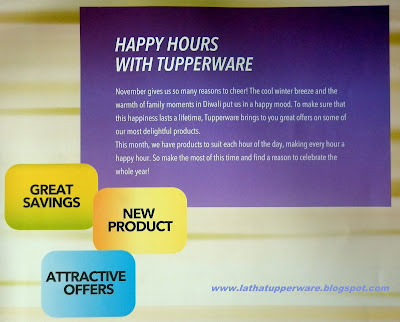- Leftover rice can be made into Mexican, Tomato, Lemon rice or Chinese fried rice.
- Leftover chapattis can be made into rolls with different fillings.
- Dry vegetables can be made into koftas, stuffings for sandwiches.
- Leftover dals can be used to make paranthas, cheelas.
Planning
Plan your meals for a week. Check the ingredients in your kitchen, then write a shopping list for just the extras you need.
Stick to the list
Take your list with you and stick to it when you're in the store. Don't be tempted by offers and don't shop when you're hungry — you'll come back with more than you need.
Keep a healthy fridge
Check that the seals of your container in the fridge are sealed properly and also check the fridge temperature. Food needs to be stored between 1 and 5 degrees Celsius.
Don't throw it away
Fruit that is just going soft can be made into smoothies, shakes or purees. Vegetables that are starting to get soft can be made into soup.
Use up your leftovers
Instead of throwing leftovers into the bin, why not use them as tomorrow's ingredients?
Rotate
When you buy new food from the store bring all the older items in your cupboards and fridge to the front. Put the new food towards the back and you run less risk of finding something mouldy at the back of your cupboard!
Serve small amounts
Serving less is better than wasting food. Everyone can come back for a second helping especially children, who rarely estimate how much they can eat at once. Any leftovers can be cooled, stored in the fridge and used another day.
Buy what you need
Buy loose fruits and vegetables instead of pre packed, so you can buy exactly the amount you need.
Turn it into garden food
Some food waste is unavoidable, so why not set up a compost bin for fruit, vegetable peelings and tealeaves? It promotes faster decomposition and encourages the bacteria that make soil healthier. In a few months you will end up with rich compost for your plants.


















